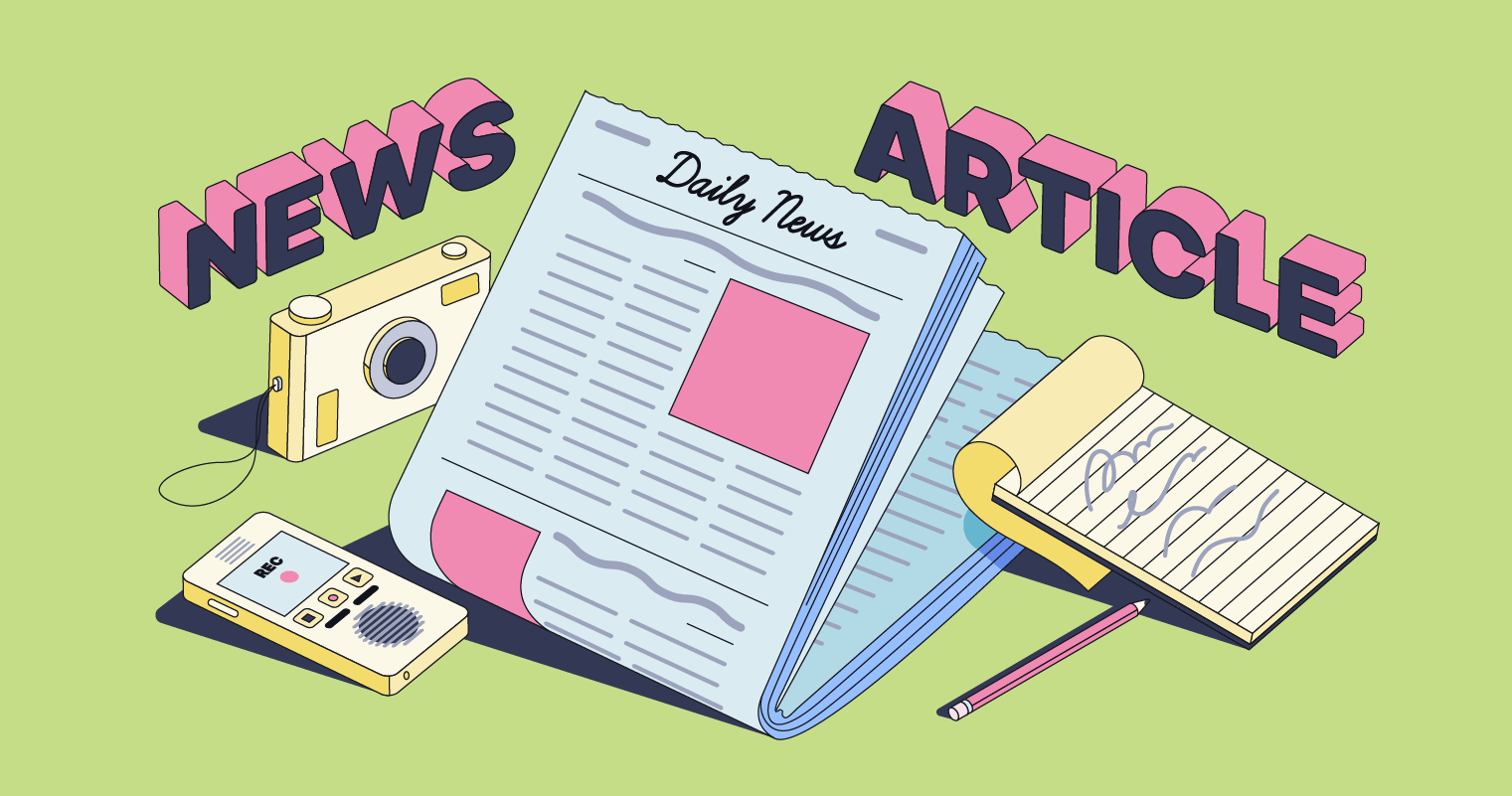The 5-Minute Rule for News Articles
The 5-Minute Rule for News Articles
Blog Article
Not known Incorrect Statements About News Articles
Table of ContentsThe smart Trick of News Articles That Nobody is Talking AboutThe Best Strategy To Use For News Articles5 Simple Techniques For News ArticlesTop Guidelines Of News ArticlesThe Single Strategy To Use For News Articles
Great knowledge of various topics gives students an affordable edge over their peers. Although digital and social media are easily easily accessible, we need to not forget exactly how important it is to read the newspapers. Parents need to attempt and instill the practice of checking out a paper as an everyday regimen to proceed the legacy of the adored print medium.Information stories also contain a minimum of among the following vital features about the designated target market: distance, prominence, timeliness, human interest, strangeness, or repercussion. The related term journalese is in some cases utilized, normally pejoratively, to refer to news-style writing. Another is headlinese. Newspapers normally adhere to an expository writing style.
Within these limits, news tales also aim to be thorough. Among the larger and more highly regarded newspapers, fairness and balance is a major variable in providing information.
Newspapers with a worldwide audience, as an example, tend to make use of a much more formal style of composing. The particular options made by an information electrical outlet's editor or editorial board are frequently accumulated in a style overview; typical style guides consist of the and the US News Design Publication. The major goals of news writing can be summarized by the ABCs of journalism: precision, brevity, and clarity.
7 Easy Facts About News Articles Shown
As a policy, journalists will certainly not utilize a lengthy word when a short one will do. News writers try to stay clear of making use of the very same word a lot more than when in a paragraph (in some cases called an "resemble" or "word mirror").
Headlines often leave out the topic (e.g., "Jumps From Boat, Catches in Wheel") or verb (e.g., "Feline lady fortunate"). A subhead (likewise subhed, sub-headline, subheading, subtitle, deck or dek) can be either a secondary title under the primary headline, or the heading of a subsection of the short article. It is a heading that precedes the primary text, or a team of paragraphs of the primary text.

of a post topic, source, or interviewee), it is referred to as a pulled quotation or draw quote. Added billboards of any one of these types might show up later on in the article (particularly on subsequent pages) to attract more analysis. Journalistic internet sites in some cases make use of animation strategies to exchange one billboard for an additional (e.g.
The Ultimate Guide To News Articles
Such billboards are also utilized as guidelines to the short article in various other areas of the magazine or website, or as ads for the item in various other magazine or sites. News release of the Swiss federal government. Regular framework with title, lead paragraph (summary in bold), various other paragraphs (details) and contact info.

Example of a hard-lead paragraph NASA is proposing another why not look here room task. The spending plan demands roughly $10 billion for the task.
An "off-lead" is the second most crucial front web page information of the day. To "hide the lead" is to start the post with background details or information of secondary value to the visitors, compeling them to review even more deeply right into an article than they need to have to in order to discover the necessary points.
The 6-Minute Rule for News Articles
Common usage is that a person or 2 sentences each create their very own paragraph. Journalists normally define the organization or structure of a newspaper article as an upside down pyramid. The necessary and most interesting aspects of a story are put at the beginning, with sustaining details following in order of reducing importance.
It allows people to check out a topic to just the depth that their interest takes them, and without the charge of details or nuances that they can consider unnecessary, but still making that information readily available to more interested visitors. The upside down pyramid structure likewise makes it possible for articles to be trimmed to any approximate length throughout layout, to fit in the room offered.
Some writers begin their tales with the "1-2-3 lead", yet there are numerous kinds of lead available. This format invariably starts with a "5 Ws" opening up paragraph (as explained over), followed by an indirect quote that offers to sustain a significant component of the initial paragraph, and then a direct quote to sustain the indirect quote. [] A twist can describe multiple things: The last story in the news program; a "delighted" tale to end the program.
Longer write-ups, such as publication cover short articles and the items that lead the visit our website within areas of a paper, are known as. Attribute stories vary from straight news in numerous means.
The Facts About News Articles Revealed
A function's initial paragraphs frequently associate an appealing minute or event, as in an "unscientific lead". From the details of a person or episode, its sight promptly expands to generalities regarding the story's topic.

The Editor's Toolbox: A Recommendation Guide for Beginners and Professionals (2001) Allan M. Siegal and William G. Connolly. The New York Times Guidebook of Style and Usage: The Official Style Overview Used by the Writers and Editors i loved this of the World's A lot of Reliable Newspaper (2002) M. L. Stein, Susan Paterno, and R.
Report this page